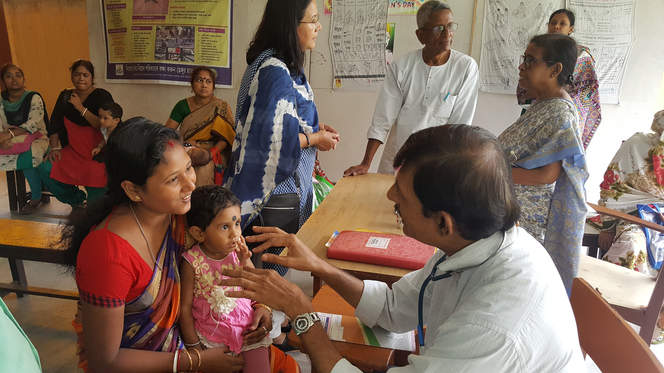Best Practices for Keeping NGOs Relevant and Effective

In the dynamic landscape of non-governmental organizations (NGOs), innovation is the linchpin for staying relevant and effective. This article dives into the world of innovation within NGOs, uncovering best practices that can propel these organizations towards greater impact and success. Join us as we explore how innovation in action can be a game-changer for NGOs.
Understanding the Role of Innovation in NGOs:
- Defining Innovation in NGOs: Innovation in NGOs is the intentional introduction of novel ideas, methods, or technologies to enhance the organization’s ability to address societal challenges. It’s about fostering a culture of creativity and adaptability in pursuit of greater effectiveness.
- The Relevance Imperative: In an ever-changing world, NGOs must prioritize innovation to remain relevant. The ability to adapt and evolve ensures that organizations can effectively respond to emerging issues and continue making a meaningful impact.
- Nonprofit Effectiveness and Innovation: Innovation is a catalyst for improving nonprofit effectiveness. By optimizing operations, enhancing program delivery, and leveraging new approaches, NGOs can achieve their goals more efficiently and create a lasting positive change.
- Cultivate a Culture of Innovation: Foster an organizational culture that encourages creativity and forward-thinking. Empower staff at all levels to share ideas, experiment, and take calculated risks. This creates an environment where innovation can flourish.
- Cross-Sector Collaboration: Collaborate with diverse stakeholders, including businesses, government agencies, and other NGOs. Cross-sector partnerships bring varied perspectives and resources, fostering innovative solutions to complex challenges.
- Technology Integration: Embrace technology as a tool for innovation. Leveraging digital platforms, data analytics, and emerging technologies can enhance organizational efficiency, communication, and impact measurement.
- Strategic Planning for Innovation: Integrate innovation into strategic planning. Allocate dedicated resources for exploring new ideas, conducting research, and implementing pilot projects to test the feasibility of innovative approaches.
- User-Centric Design: Prioritize user-centric design principles. Understand the needs and preferences of beneficiaries, donors, and other stakeholders to develop solutions that are not only innovative but also practical and impactful.
- Continuous Learning and Adaptation: Foster a mindset of continuous learning. Regularly evaluate the outcomes of innovative initiatives, gather feedback, and be willing to adapt strategies based on lessons learned.
- Resource Allocation: Address resource constraints by exploring partnerships, grants, and collaborative initiatives. Strategic resource allocation ensures that innovation remains feasible even with limited funds.
- Overcoming Resistance to Change: Recognize and address resistance to change within the organization. Effective communication, training, and showcasing successful innovation outcomes can help overcome skepticism and foster a culture of openness to new ideas.
Innovation is not just a buzzword; it’s the heartbeat of NGOs striving for lasting relevance and effectiveness. By adopting these best practices, organizations can infuse creativity into their DNA, ensuring they remain at the forefront of positive change. Let innovation be the driving force behind your NGO’s journey towards greater impact and success






